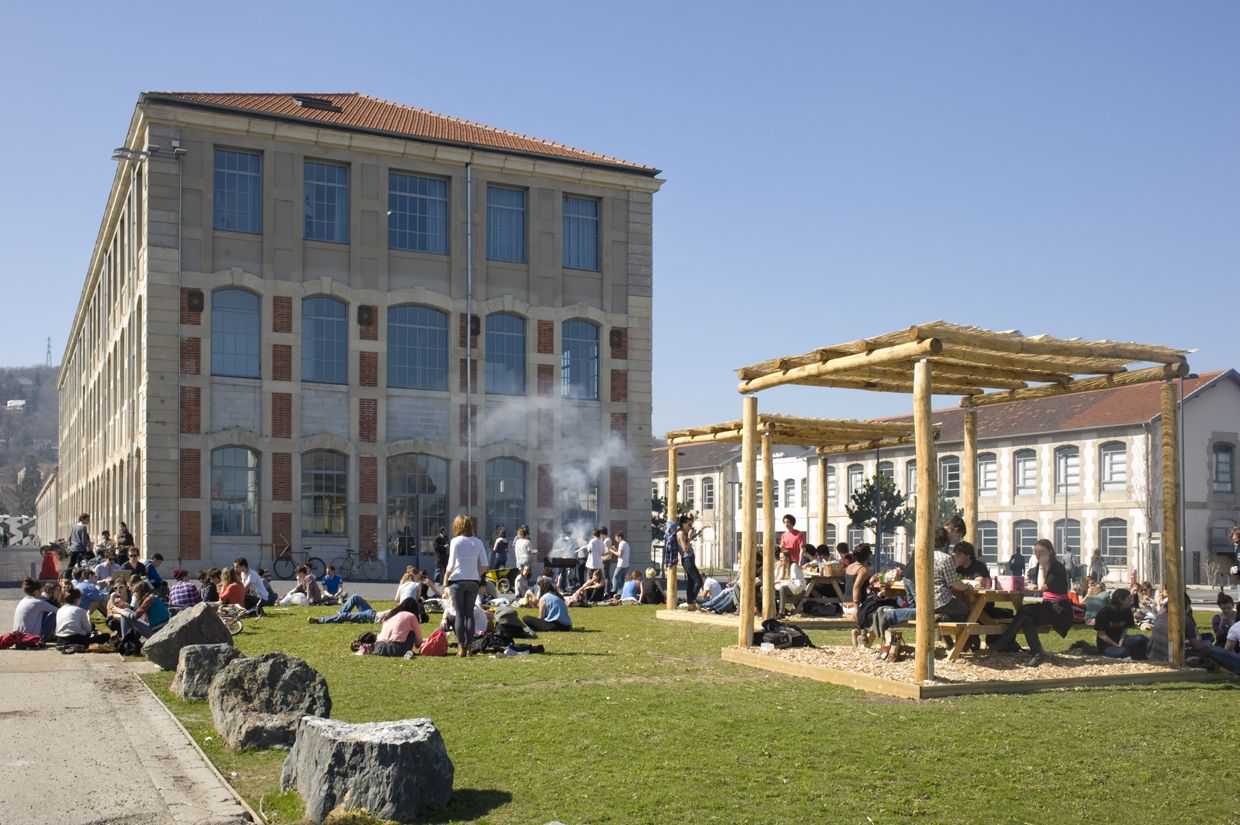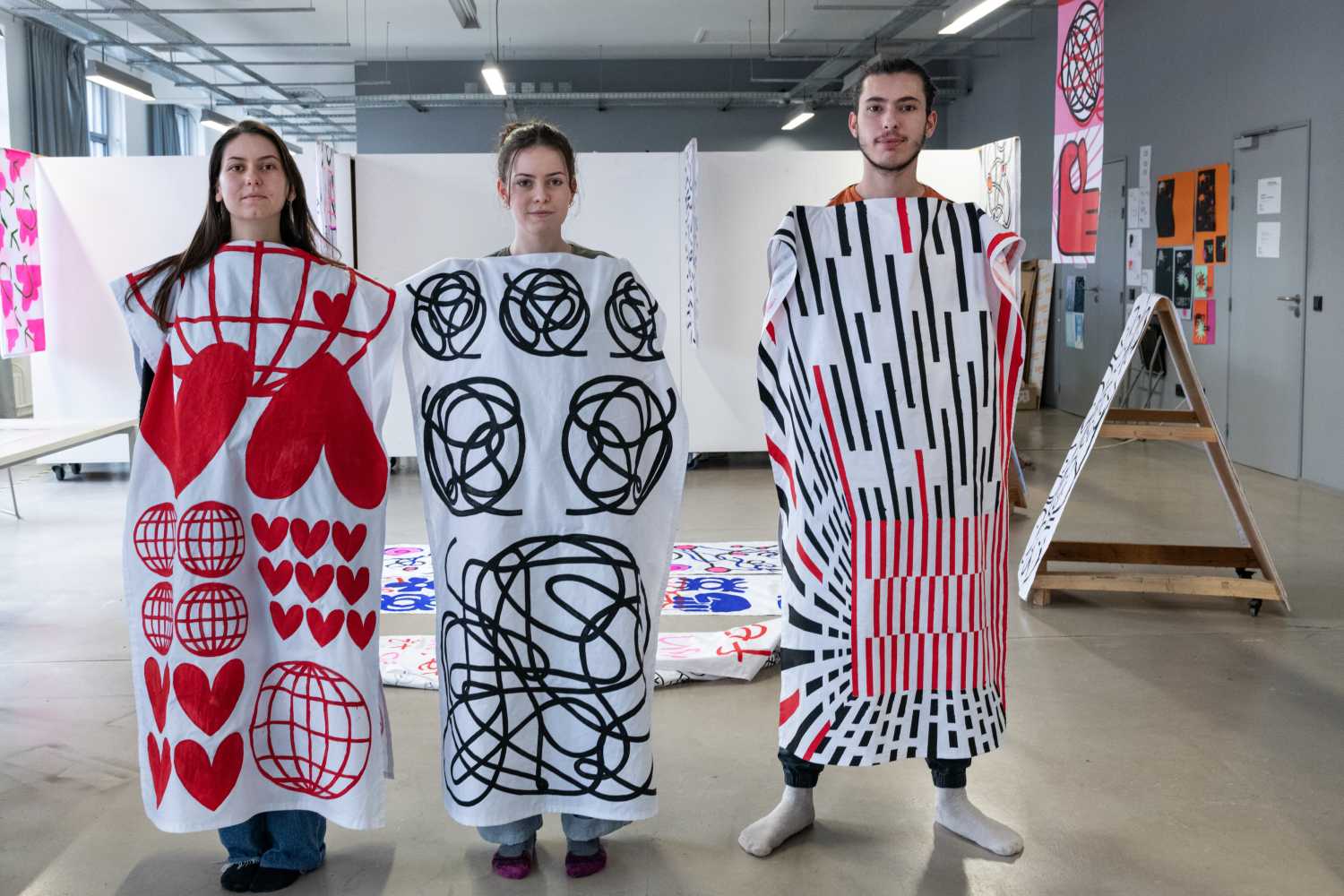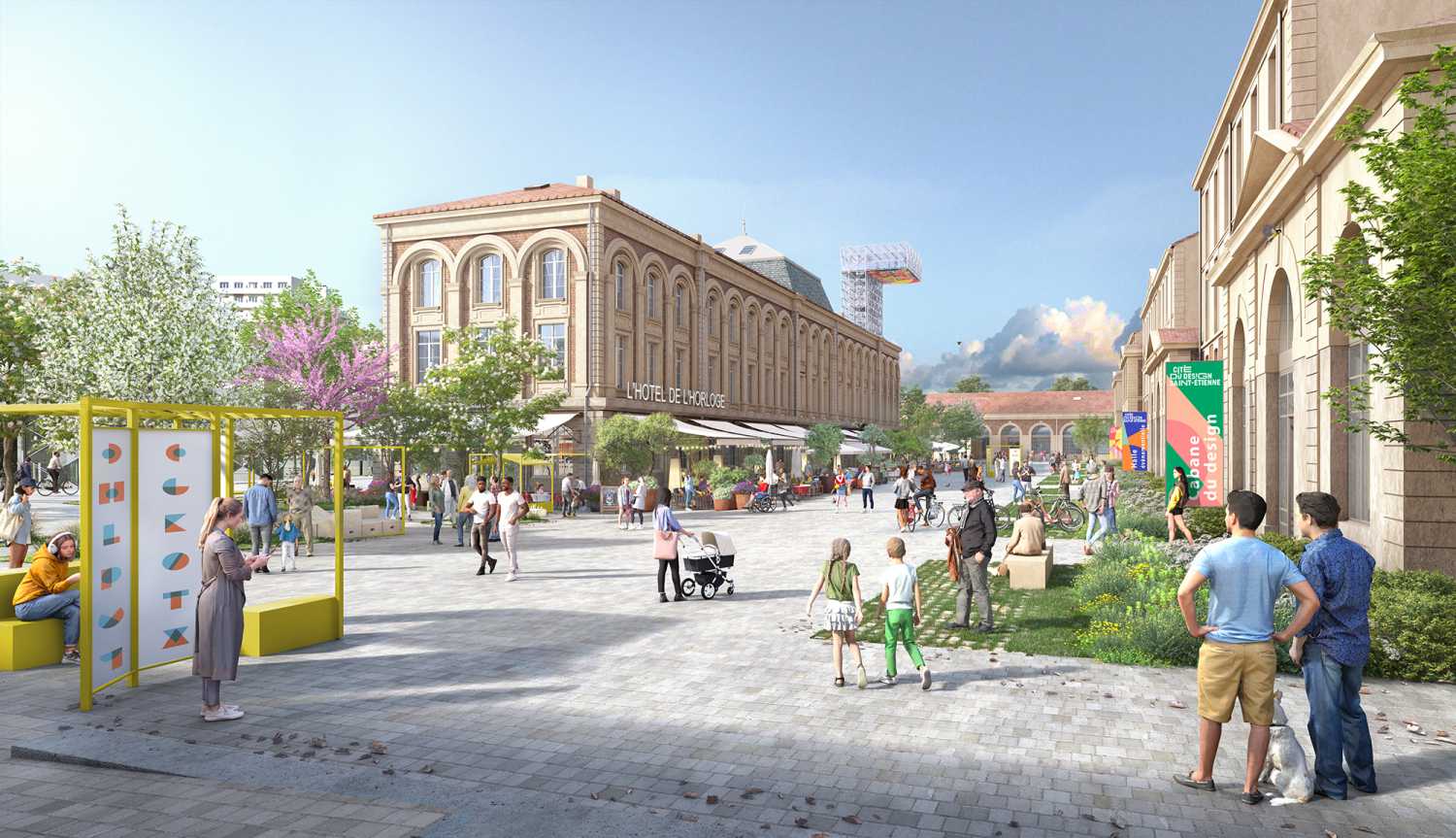Saint-Étienne School of Art and Design

Saint-Étienne Higher School of Art and Design (Esadse) places the student’s project at the heart of its pedagogy and encourages experimentation that fosters audacity and creativity. It holds error and wandering as necessary moments in the training process. It proposes a global apprehension of the disciplines, in a collaborative way, taking the tensions and disputes inherent in the opposition art-design for fruitful opportunities.
From industrial arts to design
Founded in 1803 under the name École de dessin, renamed École régionale des arts industriels in 1884, École régionale des beaux-arts in 1923, then École supérieure d’art et design in 2006, the Esadse has been closely linked to the industrial boom and economic development of a city that was at the forefront of industrial modernity throughout the 19th century. Its history is closely related to the one of the industrial arts and brings into play all the tensions that are associated with them: art and economy; aesthetics and functionality; ownership and commission; fine arts, applied arts and decorative arts. In 1990, the school developed a design department. In 1998, it creates the International Design Biennale. This dynamic of innovation in connection with the contemporary world continues today within the public establishment of cultural cooperation (EPCC) bringing together the school and the Cité du design.

2025-2026 marked by
a focus on creation
and openness
Pedagogy
As a school of creation, the Esadse trains authors and artists and develops its curriculum through two disciplines: art and design. These two disciplines, which are both highly complementary and distinct, have forged close relationships in response to major socio-economic changes. The courses encourage dialogue and synergies between the two fields of study. Over a five-year program, these two curricula enrich the students’ educational paths in terms of creativity and professionalism.
Resources
Located on an exceptional site in the heart of the creative district of Saint-Étienne, the Esadse is both a laboratory and a privileged observatory. The practical dimension prevails and involves well equipped technical workshops: publishing, digital, imaging and 3D modeling, photography and video-sound. The school also has access to all the resources of the Cité du design.
The Research platformBiennale Internationale Design Saint-Étienne

Team and faculty
A school under the authority of the Ministry of Culture, the Esadse welcomes teachers who are all renowned and active professionals: artists, designers, writers, historians, philosophe.
Student life
A city of seven hills centered around its main street, Saint-Étienne has the advantages of an active urban center in the heart of a privileged environment. The nearby gorges of the Loire and the Pilat Natural Regional Park offer beautiful excursions in the heart of nature. Saint-Étienne is ranked 8th among the major student cities in France and has more than 25,000 students. The metropolitan area of Saint-Étienne has an economic network whose excellence is acknowledged both nationally and internationally: it has many leaders in cutting-edge fields (communication, IT, health, etc.) Saint-Étienne also offers a rich cultural scene thanks to its institutions (contemporary art, theater, music, opera, cinema) as well as its rich network of non-profit organizations.
Saint-Étienne hors cadre La Comédie La Rotonde Musée d’art moderne et contemporain Puits Couriot / Parc-Musée de la mine Site Le Corbusier
Study Saint-Étienne in and its metropolitan area
The Esadse code of ethics
The Esadse is an establishment where the equality of bodies, forms and practices is valued and measured in the historically constituted framework that is its own: artistic creation (art and design).
Student Services Office
+33 (0)4 77 47 88 08
berenice.barbier@esadse.fr
Votre navigateur est obsolète, l’affichage des contenus n’est pas garanti.
Veuillez effectuer une mise à jour.